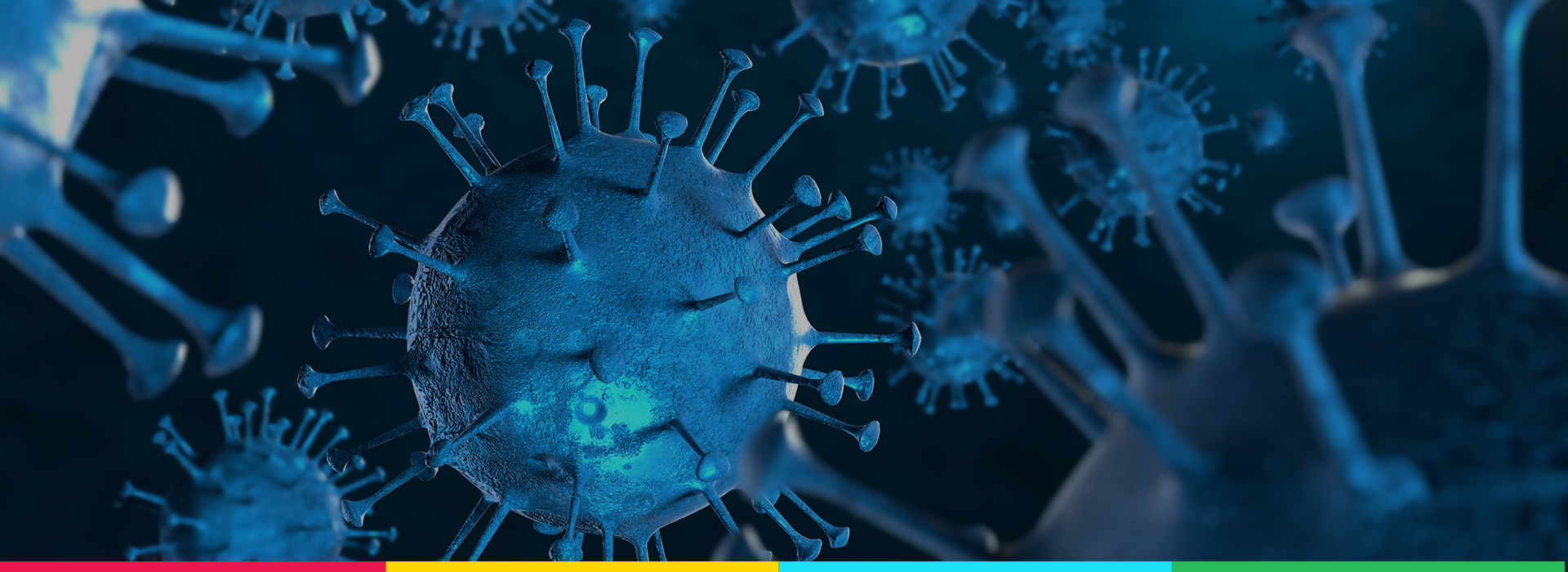
Blog
Use of AI Throughout the COVID-19 Pandemic
At the time of this writing, there are over 400,000 confirmed cases, over 18,000 confirmed deaths, and nearly 200 countries with cases of COVID-19, according to the World Health Organization (WHO). So, how did our planet get here? And more importantly, what efforts are being made to restore a sense of normalcy to the world? We shed light on COVID-19, and several examples of artificial intelligence (AI) being used to identify and combat the Coronavirus
Overview of COVID-19 (Coronavirus)
COVID-19 (short for Coronavirus Disease 19), is a respiratory disease caused by a new virus called “severe acute respiratory syndrome coronavirus 2 (SARS-CoV-2).” Thus, the disease caused by the virus is COVID-19, while the actual virus is identified as SARS-CoV-2, according to the WHO. On March 11, 2020, the outbreak was officially characterized as a pandemic. Worldwide efforts are being made to lessen the spread of the disease, but the infrastructure of many healthcare organizations is being overwhelmed by the volume of COVID-19 cases.
5 Examples of AI During the COVID-19 Pandemic
How can AI be used to improve the COVID-19 pandemic? In fact, artificial intelligence has already played a key role in the identification and response to SARS-CoV-2. Discover how machine learning and AI has been harnessed to help improve the human condition through these uncertain times.
1. Use of AI in COVID-19 Discovery
On January 9, 2020, the WHO officially announced a “cluster of pneumonia cases in Wuhan, China.” However, nine days before this official announcement, an artificial intelligence platform designed to “track, locate, and conceptualize” the spread of infectious disease flagged the group of “unusual pneumonia” cases happening in Wuhan, according to CNBC. The AI solutions company to thank for this early identification, BlueDot, used machine learning and natural language processing (NLP) to process data from thousands of sources, and present anomalies to a team of experts. We’ve established that artificial intelligence can be used to identify world health threats, but what can it do to slow and stop them?
2. Use of AI to Predict Spread
In early February of 2020, another AI tool called Healthmap was being used to create visualizations of COVID-19 spread. This AI program is being used for WHO’s EIOS initiative, a public health collaboration intended to identify global biological threats. This particular example of AI in the COVID-19 pandemic is used to show concentrations of disease manifestation using maps and different-sized colored circles. By visualizing early signs of the Coronavirus disease, public officials should be able to take informed precautions instead of being forced to react after significant loss of life. We now see how artificial intelligence can help inform literal life-or-death decisions, but what about equipping the public to combat the spread of the disease?
3. Use of AI to Identify Misinformation
There have been instances of officials from the U.S. State Department blaming foreign entities for the spread of misinformation about COVID-19. In early March, the Office of Science and Technology Policy from the White House met with tech industry leaders, urging their representatives to “coordinate efforts to root our misinformation about the coronavirus." To understand what misinformation is, we need a baseline understanding of quality information. To that end, the White House project aims to make a large amount of research related to the Coronavirus accessible to AI players in order to identify helpful insights. Getting our facts straight is important for preventing the spread, but what about treating those who have already been exposed to SARS-CoV-2?
4. Use of AI to Streamline Healthcare
Microsoft's Azure Healthcare Bot framework was used to build an AI-powered bot named Clara to “help the CDC and other frontline organizations respond to these inquiries, freeing up doctors, nurses, administrators and other healthcare professionals to provide critical care to those who need it." The aim is to help healthcare organizations give the public a way to better self-assess their condition if they are experiencing cold or flu-related symptoms. By preventing someone with a common cold from using resources that could be spent on a COVID-19 patient, Clara could have far-reaching life-saving consequences. Artificial intelligence has played a role in the discovery, prevention, and treatment of COVID-19, but can it help inhibit the virus altogether?
5. Use of AI to Develop Inhibiting Drugs
There are at least a handful of AI companies currently working on the development of or reapplication of antiviral drugs that could be used to inhibit the ability of SARS-CoV-2 to replicate within hosts. So far, several of these companies have:
- • Identified FDA-approved antiviral drugs already in existence with a high likelihood of binding and/or blocking the replication proteins of SARS-CoV-2
- • Discovered new molecules with high potential for blocking the replication proteins of SARS-CoV-2
- • Making and testing new molecules with high potential for blocking the replication proteins of SARS-CoV-2
Many of these AI-generated solutions have only resulted in preprint research papers, not yet peer-reviewed by peers. Other solutions have led to communication with existing drug manufacturers about testing their products as potential COVID-19 treatments.
NITCO Offers AI Solutions for Many Industries
If you’re interested in harnessing the benefits of AI-powered automation, the AI and RPA solutions available from NITCO can help. We are experts in robotic process automation, natural language processing, artificial intelligence, and cloud platforms, and have worked with several major companies to streamline their operations. Contact us today for more information about how our solutions can benefit your business.




 US Headquarters
US Headquarters India office, Hyderabad
India office, Hyderabad